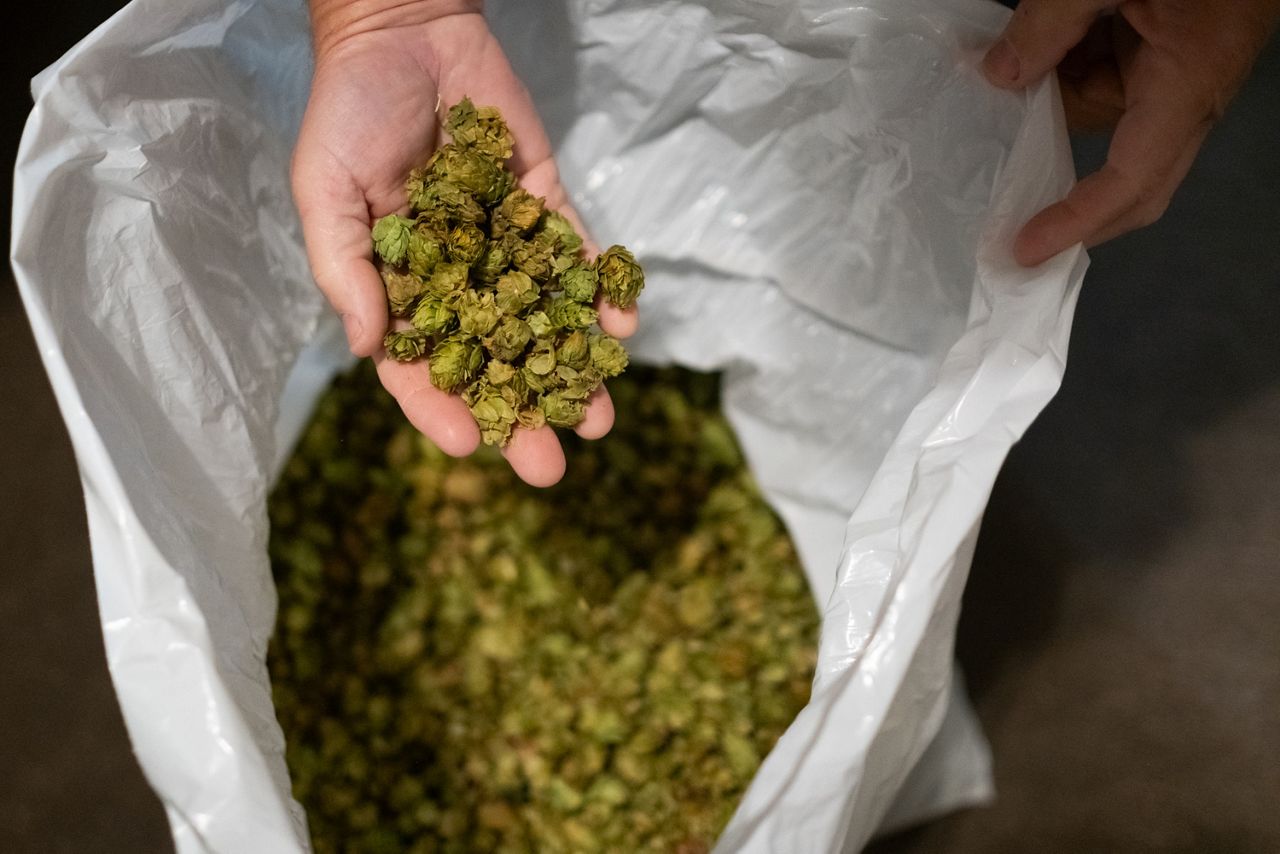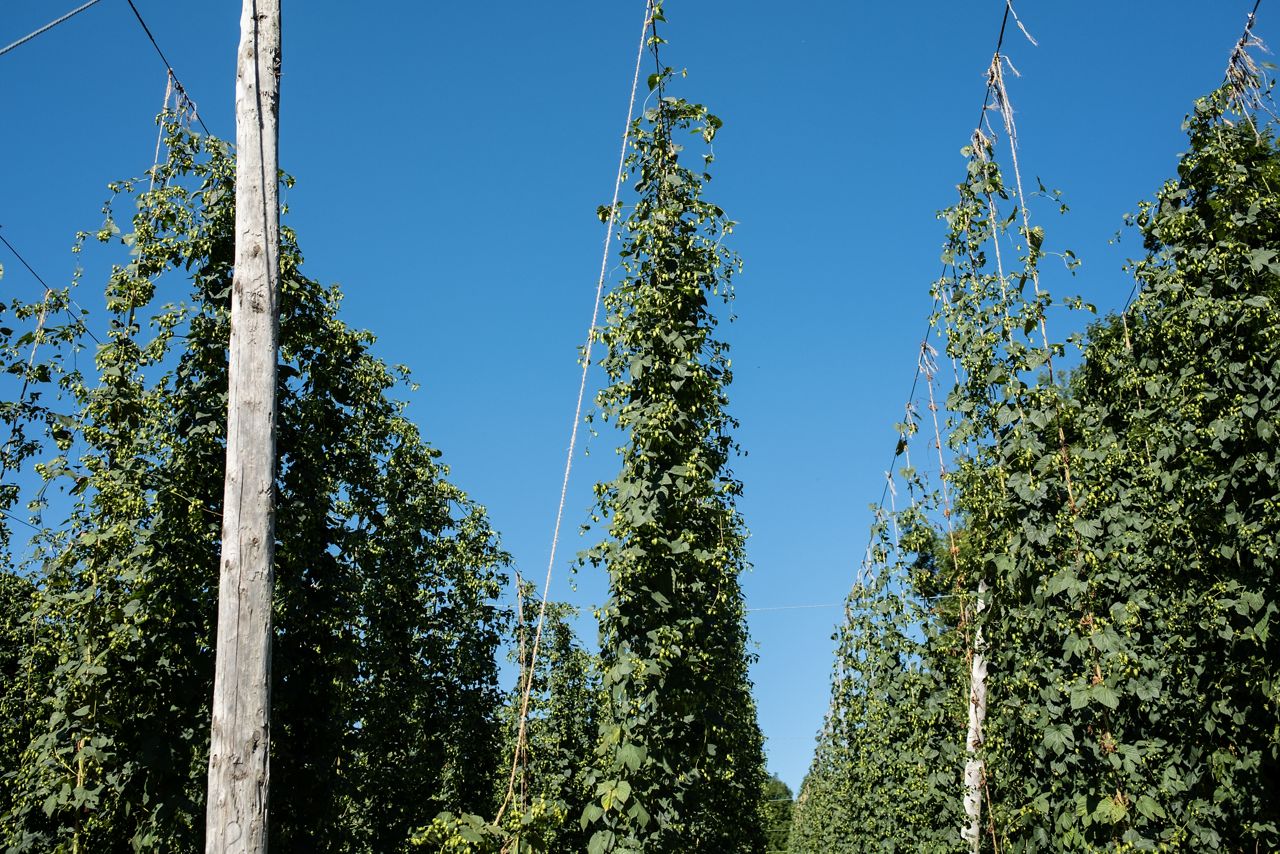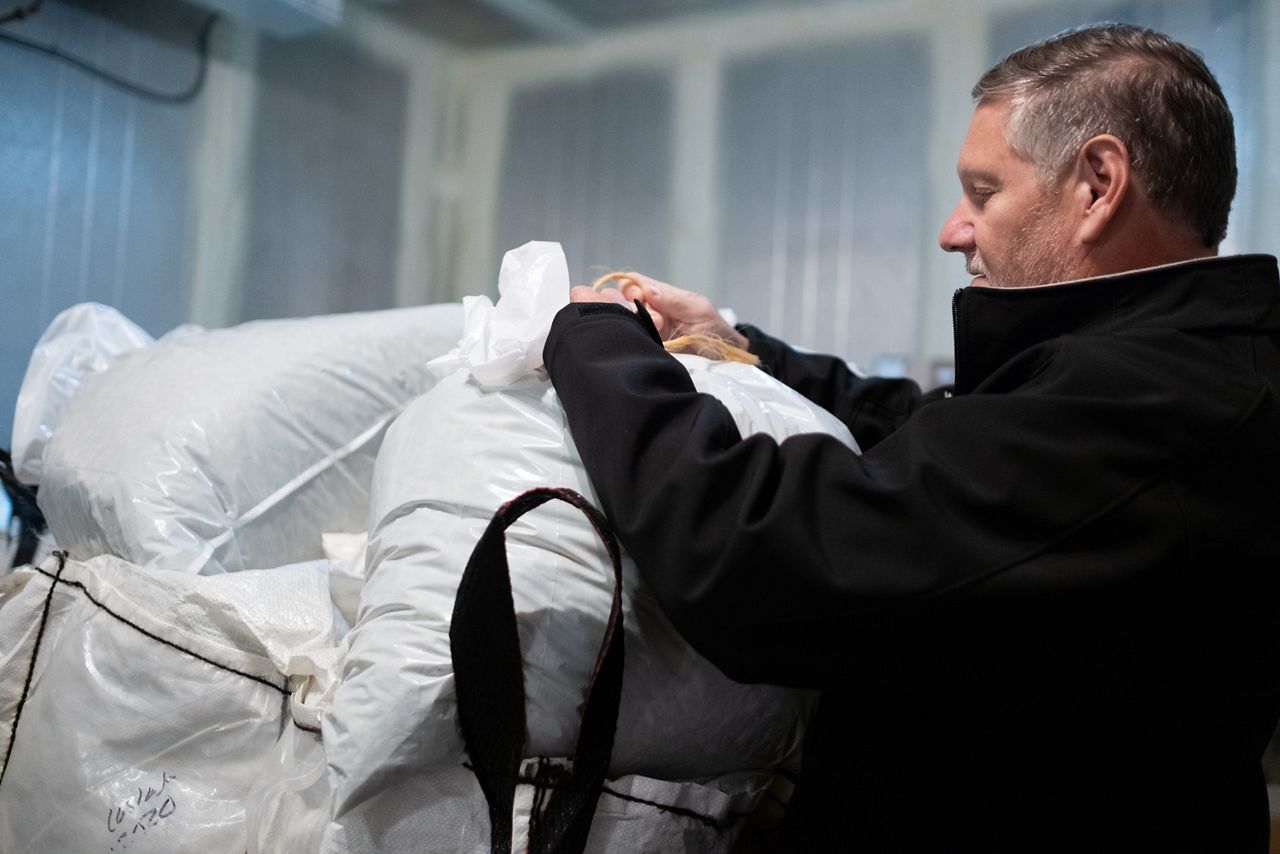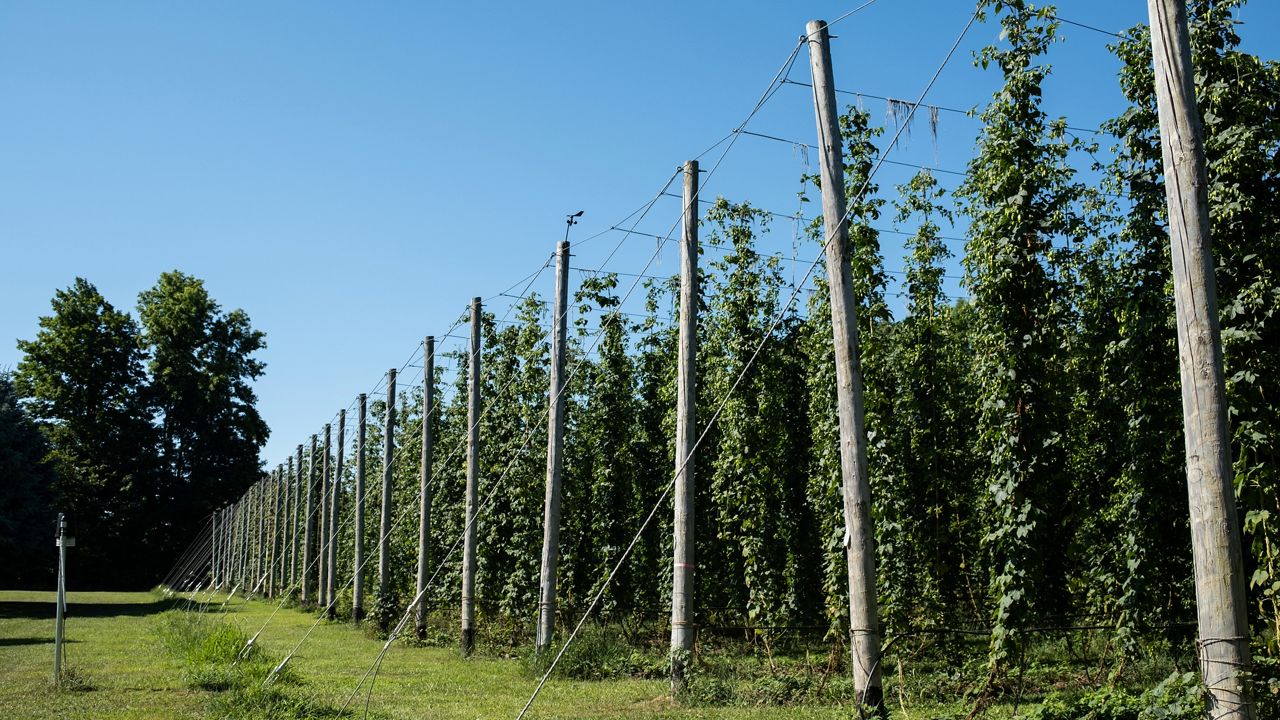New York ranks second in the country with over 500 craft breweries, and the hops industry is trying to make a comeback not only to support in-state breweries, but expand to other states as well.
The crop is labor intensive and has many steps to get from the farm to the consumer’s beer. Cheryl Wygal, owner of Cobblestone Hops in Ontario, raises 14 varieties on 7.5 acres of land. One acre of hops is equal to about 1,000 hop plants.
“Late March is when I start working the ground and preparing the hops. I go through and spot treat for weeds, get those under control, then in April, we start cutting back and trying to estimate when we will be training them in May,” Wygal said.

Hops grow vertically on a trellis system that is installed each year in the hopyard, so the producers must train them to grow up the strings.
“You have to actually wrap the bines and get them started up the strings so that they’ll take off as they grow. They follow the sun, and then through the summer, it’s mostly just keeping the weeds out, and I have to spray fungicides,” Wygal said.
Harvest typically occurs in August to September then Cobblestone Hops are sent to one of two processors in New York to be pelletized.
Steve Schmidt, owner of Upstate Hops in Shortsville, grows some of his own hops, but he mostly processes them for other producers throughout the state.
“There were about four to give, now there are just two big ones left, me and one other, that’s pretty much it,” Schmidt said.

The pelletizing process chops the hops into a fine sawdust-like consistency, which then goes through a pellet mill to be made into pellets, which come out at about 115 to 130 degrees then go through a cooling process.
“We have a big fan that sucks the hot air out, and the goal is to have it down to room temperature in 30 minutes,” Schmidt said.
The hops are then vacuum sealed in bags, which are sold to brewers in 1-pound, 5-pound and 11-pound bags.

“We flush them with nitrogen to get all the oxygen out, and that keeps it fresh for four to five years, if it’s done right,” he said.
Like many businesses, hops require some significant startup costs with the installation of the trellis system, and they don’t produce a full yield until their third season.
“You’re looking at $20,000 to $25,000 just in the trellis system for an acre, and then, you’ve got to get equipment, so my recommendation to the new people getting into it is to talk to some of the people around them and see if they can share equipment. It can help cut down on your costs,” Schmidt said.



